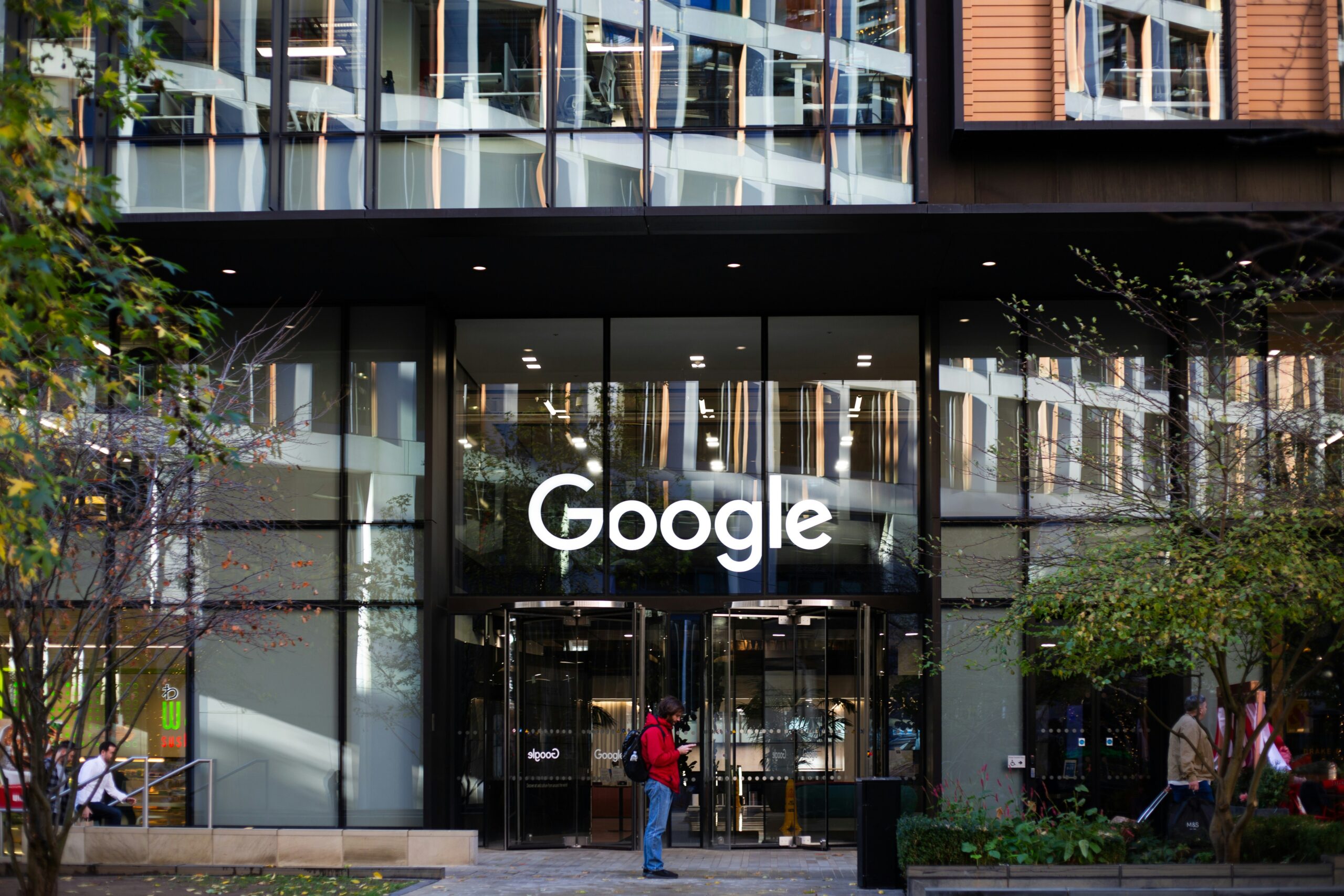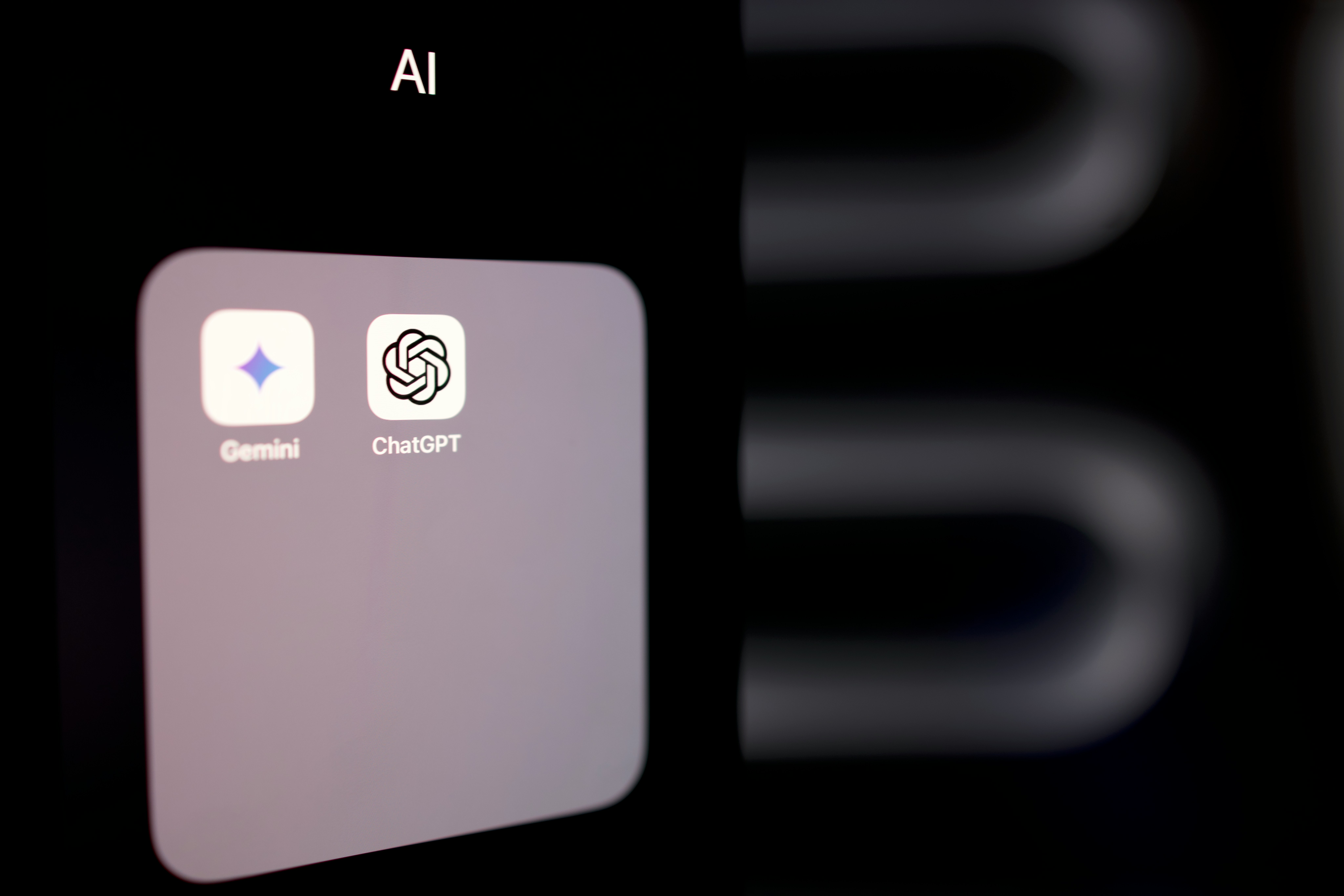Image credit: Pexels
In a recent shakeup that has sent ripples throughout Wall Street, Intel’s (INTC) board reportedly forced out CEO Pat Gelsinger. The longtime CEO was allegedly forced out due to mounting frustration over the pace of the company’s turnaround efforts.
Though the official announcement billed the change in leadership as Gelsinger’s retirement rather than an outing, it still manages to underscore the complex challenges the tech giant faces as it struggles to reclaim its former glory in an increasingly competitive chip market.
For investors, this leadership shakeup raises even more critical questions about Intel’s future trajectory. With the stock down nearly 60% since Gelsinger resumed leadership and the company grappling with fierce competition in the artificial intelligence (AI) chip race, the timing of this transition adds another layer of uncertainty to an already complicated investment narrative.
The tech landscape has changed drastically over the last few years, and Intel has fallen well behind the pack it once led. According to the latest reports, the board at Intel felt Gelsinger was at least partially responsible for this and ousted him in an attempt to course-correct and get things back on track.
Intel’s Rocky Financial Landscape
Intel (INTC) stock has been a significant underperformer in 2024, underscored by its recent removal from the price-weighted Dow Jones Industrial Average ($DOWI). INTC has cratered 56% yearly, and the stock is down 68% from its 2020 highs.
www.barchart.com
In Q3 2024, Intel reported revenues of $13.28 billion, slightly exceeding analysts’ expectations of $13 billion. Despite the top-line beat, the company posted a per-share loss of $0.46, significantly missing the consensus estimate for a slimmer loss of $0.03. This wide miss underscores ongoing challenges in profitability, even as Intel continues to generate substantial revenue. The ability to convert revenue into profit remains a critical area of concern.
Drilling down on segment performance, the Data Center and AI division (DCAI) experienced a promising 9% year-over-year growth, indicating strong demand for AI-driven solutions. Conversely, the Intel Foundry segment registered a dramatic 79% decline in revenue. Additionally, gross margin dropped from 42.5% to 15%, mainly due to a shift towards lower-margin products.
The company reported a staggering net loss of $18.6 billion for the nine months ending September 2024, compared to a much smaller loss of $1.28 billion in the same period last year.
Nevertheless, operating cash flow remained strong at $5.1 billion, with adjusted free cash flow improving by an impressive 93%. This indicates that while Intel faces significant hurdles, its cash-generating capabilities could provide a buffer against ongoing financial pressures.
At a Crossroads
The decision to replace Gelsinger with interim co-CEOs David Zinsner and Michelle Johnston Holthaus arguably reflects growing board impatience with the pace of the company’s transformation. The company needs to catch up in the AI chip race, lagging substantially behind powerhouses like Nvidia, Amazon (AMZN), and Alphabet (GOOGL).
This technology gap is visible in Intel’s product timeline; its next-generation AI chip, Jaguar Shores, has barely made it to the drawing board, while the previous Falcon Shores has yet to hit the market. Where other companies are moving onto greener pastures with each passing week in AI, Intel has been distinctly locked in the past.
Intel just locked in a massive $7.86 billion funding package through the CHIPS Act, plus a $3 billion Defense Department contract for specialized chip manufacturing. This government backing and a potential 25% investment tax credit will fuel Intel’s ambitious $100 billion expansion across Arizona, New Mexico, Ohio, and Oregon facilities. However, it’s worth noting that the federal funding could hamstring Intel’s efforts to divest its money-burning foundry.
Wall Street’s Cautious Take on INTC Amid Uncertainty
Management set an optimistic tone for Q4 2024, projecting revenue between $13.3 billion and $14.3 billion and adjusted EPS of $0.12. This guidance surpassed the Street’s forecasts of $13.6 billion and $0.08, respectively.
However, analysts remain cautious about Intel stock overall. Out of 36 analysts offering recommendations, the overwhelming majority (30) suggest INTC is a “Hold.” The mean target price set by analysts is $26.55, suggesting a potential upside of about 27.6% from current levels.










































































































































































































